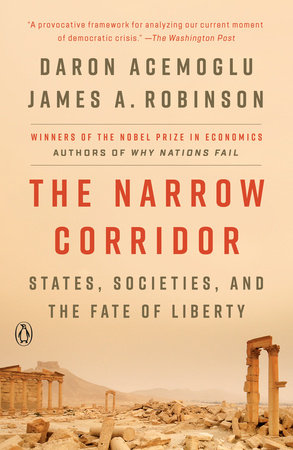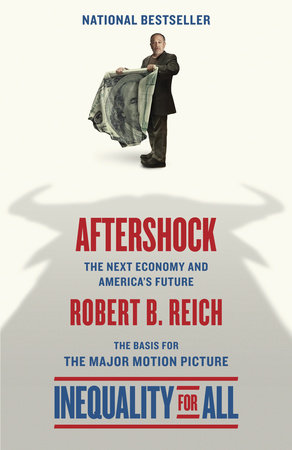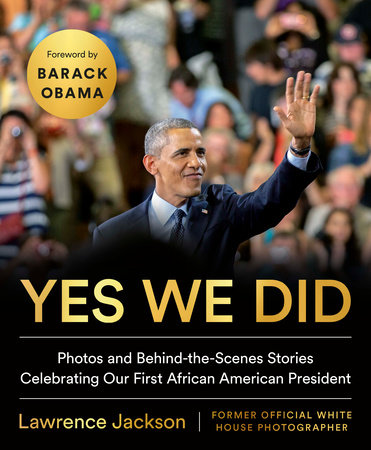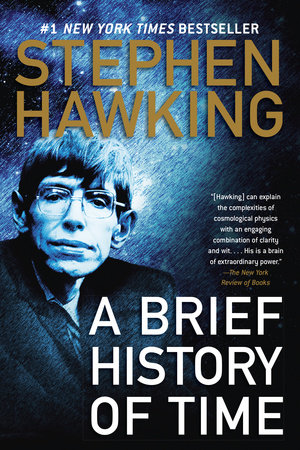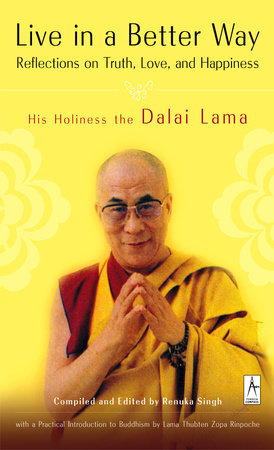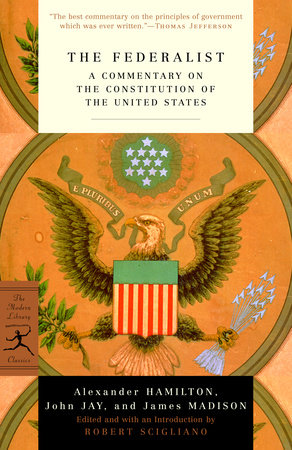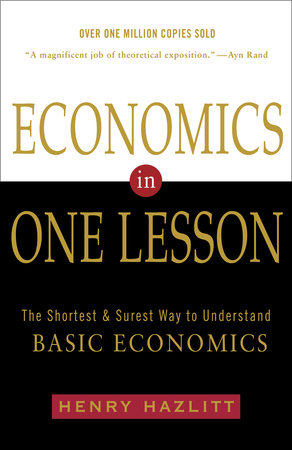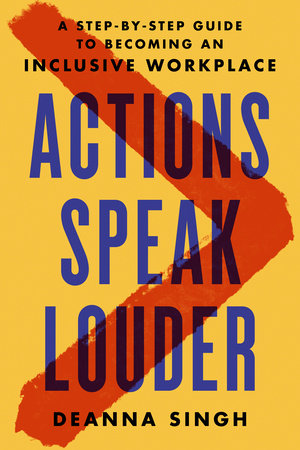Author Q&A
Q: You were the last journalist to interview Phil Spector before he was charged with Lana Clarkson’s murder. What was it like to visit his home in Alhambra, California and sit down with him for a few hours?
A: It was an extraordinary experience. I was treated to what I later came to understand was the full ‘Phil Spector Show’. I was collected from my hotel in his white, vintage Rolls Royce, made to walk to up the 88 steps to the door of the Pyrenees Castle, and then to wait for the requisite 30 or 40 minutes before he eventually appeared, walking down the stairs to the strains of Handel, dressed in a shoulder-length wig, black pajama suit and three inch Cuban-heeled boots. He was utterly charming, a wonderful conversationalist. I hadn’t expected him to be as funny as he was–he was a great friend of Lenny Bruce in the 60s, and it was as if he had been keeping Bruce’s lines warm for the last 40 years. He told great stories about the artists he’d worked with, building the Wall of Sound, his friendship with Bruce and John Lennon. At the same time, one could detect a certain physical and emotional fragility about him. What I really hadn’t expected was that he would be so candid about the emotional and mental difficulties that he had suffered over the years. He talked with great honesty about his parents having been first cousins and his fears that that had left some sort of genetic mark on him. Looking back, I think he felt able to be so candid about all of that because he genuinely thought it was all in the past. He emphasized how over the last few years he had struggled with his demons and, he implied, had finally conquered them and was now trying to be ‘a reasonable man’. It was a phrase he kept returning to in the conversation–‘I just want to be a reasonable man’. And I think that resolve was utterly genuine–which makes the events of a few weeks later all the more tragic.
Q: You mentioned Spector’s style, which has become rather infamous over the years–wigs, Cuban heels, pastel colors, open-collared shirts, etc. What sort of public image does he attempt to convey with his personal style?
A: I think it’s what the style magazines would describe as ‘a unique fashion statement’. Spector was always a distinctive dresser. It’s a curious paradox–his clothes, his appearance, have always screamed “Look at me!”. Yet, he insisted to me that he can’t stand to be looked at. His new wig seems to be an attempt to temper his appearance slightly and present a more conservative image to the jury. Oddly, it makes him look curiously boyish, almost androgynous. Whether that is a conscious attempt to make him look more vulnerable and less threatening, I don’t know. It has been noticeable through the trial how one of his defense counsel, Linda Kenney Baden, who sits next to Spector in court, often has her arm draped over his shoulder–a gesture that seems designed not only to comfort him but also to signal to the jury that he is ‘safe’.
Q: Your story was published in London’s Telegraph only two days before Lana Clarkson’s death. How did you react to this and the news of Spector’s arrest?
A: I was shocked. There was nothing in the behavior or demeanor of the man I met that suggested he was in any way violent–let alone capable of shooting someone–as he is charged. But then again, all the stories about his gun play over the years must have left their mark. When I first saw the news on television it stated simply that an unidentified woman had been found shot dead in Spector’s home. I was under the impression then that he was much more of a recluse than turned out to be the case. Wondering who on earth the victim might be, for a horrible moment–and this does me no credit–the thought flashed through my mind that he had read my interview with him, taken violent exception to it, and rounded on his personal assistant who had fixed the interview. That, of course, was not the case, but the coincidence of interviewing Spector and the shooting left me feeling very uncomfortable, almost implicated. I wrote to him immediately expressing my shock and sympathy for the predicament he found himself in, but he didn’t reply.
Q: Have you always been a fan of Spector’s music?
A: Of course! For anybody growing up in the 50s and 60s I think it’s almost impossible not to be a fan of his music. The first Spector song I remember hearing, when I was about 12 or 13 years old, was Zip-A-Dee-Doo-Dah by Bob B. Soxx and the Blue Jeans. I’d never heard anything like it–Darlene Love wailing, the get-happy gospel chorus. The whole thing was dark, incantatory, and disturbingly sexual in a way I couldn’t put my 12 or 13 year old finger on. Great pop music not only functions as a soundtrack for one’s life but I think it also serves as a kind of lexicon of the emotions. The best Spector songs–Da Doo Ron Ron and You’ve Lost That Lovin’ Feelin’–like the best of Motown, gave definition and meaning to the confused and exhilarating gamut of feelings I was experiencing as a teenager. They plant a seed and forge a connection, which lasts a lifetime.
Q: What is the significance of the legendary “Wall of Sound” to pop music history?
A: At a time when most people–even people who made it–considered pop music to be disposable, flash-in-the-pan ephemera, Phil Spector was the only record producer to really consider what he was doing as art. He approached it with the same dedication, passion, intensity, and commitment to perfectionism as any great artist would approach their work. He was also a genius in the studio. When recording technology was comparatively primitive, he developed a technique of augmenting instrumentation, manipulating sound and echo to build up this monumental neo-classical sound, which was of a scale and sophistication never before heard in pop. He was a direct influence on a legion of artists and producers who came after him–Brian Wilson and Bruce Springsteen, to name just two. Plus, he shook up the industry in a way that nobody else had done. Spector co-wrote songs, produced them, released them on his own label, built himself as a legend–the First Tycoon of Teen, in Tom Wolfe’s memorable phrase–and in so doing, challenged the prevailing order of the record business, and made himself a lot of enemies in the process.
Q: For the book, you interviewed dozens of musicians connected with Spector over the years. Who was the most interesting to speak to?
A: The short answer is, all of them. It was fascinating talking to Larry Levine, Spector’s engineer, and Don Randi, who played keyboards on most of Spector’s hits, about those great Gold Star sessions. It was a great privilege to be able to meet and talk to Ahmet Ertegun not long before he passed away. Spector worked for Ertegun as an apprentice in New York in the early 60s. Ertegun talked very fondly of Spector and told some great stories about the two of them hanging out together over the years. Don Kirshner was very entertaining talking about the “hit factory” he ran at Aldon Music, publishing those great song-writing teams of Mann and Weill and Goffin and King, who wrote some of the Spector hits. And, it was particularly fascinating to talk with some of the singers who had worked on the great Wall of Sound recordings–Gloria Jones and Fanita James from the Blossoms, Nedra Talley from the Ronettes and LaLa Brooks, who sang Da Doo Ron Ron and Then He Kissed Me. LaLa is a real angel. She told me she was 15 when she recorded Then He Kissed Me, “and I’d never kissed a boy! Singing those lyrics I was wondering, ‘Well, who is going to kiss me — and where the hell is he?’” She is still a fantastic performer. Somebody should really get LaLa into the studio and record some new material with her–but I don’t think it will be Phil Spector.
Q: You have been covering the ongoing trial in Los Angeles for the Daily Telegraph. What are your impressions so far?
A: It’s very sad to see Spector in court. He looks broken and bewildered, like a kid who’s lit a firework and discovered he’s burned down a house. I think the prosecution has made a very strong case, bringing forward the four women who have testified that Spector pulled guns on them in the past after they had tried to leave–circumstances which appear very similar to what happened in the Lana Clarkson case. Against that, the defense has presented very compelling forensic evidence about gunshot residue and blood-spatter, suggesting that Spector could not have been close enough to Lana Clarkson to pull the trigger. But I think forensics can only tell you so much. Given Spector’s history with guns, the testimony of the four women, and testimony about his condition and behavior on the night in question, it requires a massive suspension of disbelief to come around to the idea that it was simply his extreme misfortune to invite into his home a woman who then killed herself. “Of all the gin joints in all the towns in all the world, she walks into mine…” If I were a juror, to acquit Spector, I would need a very clear and persuasive account of what actually happened in the castle that night that led to Clarkson’s suicide, as Spector claims. There is only person who could give that account from the witness box, and that’s Spector himself. But I don’t think we’re going to see that.
Q: Given the enormity of changes in the way music is produced, marketed and consumed, will there ever be another Phil Spector?
A: I don’t think so. The record business was a different world in those days–smaller and in many ways more innocent. Artists generally are much more savvy now than they were then, and more independent and less reliant on ‘Svengali’ figures like Spector. At the same time, the dominance of three or four monolithic recording companies would make it much harder for an independent operation, like Phil’s was, to make the kind of impact it did in the 60s. As to whether there will be brilliant and gifted producers making wonderful music–certainly there will be. But I don’t think there will ever be another Phil Spector.



